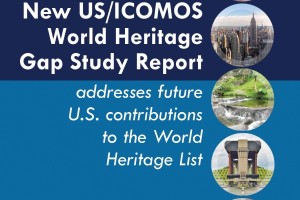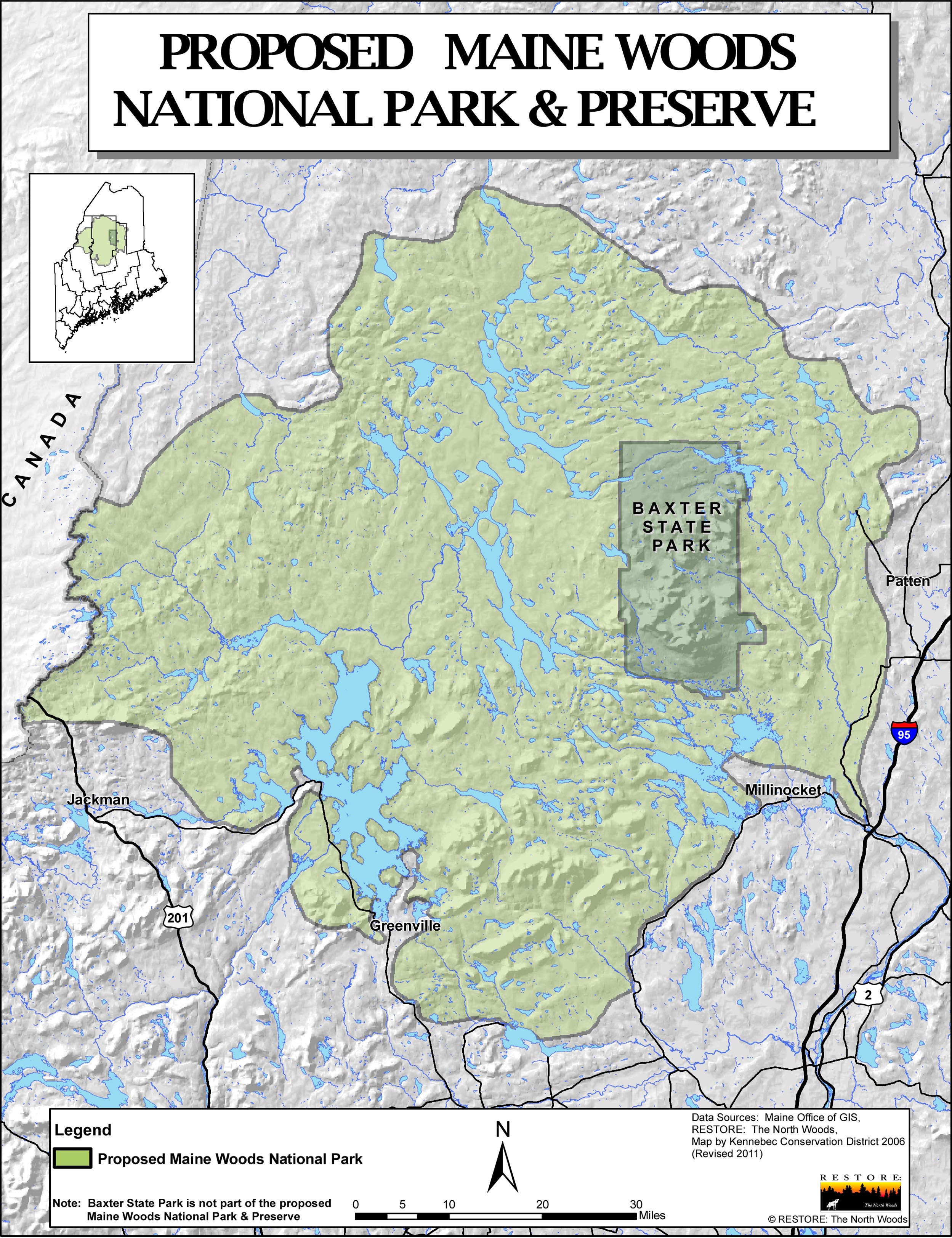To provide observations and information on the emerging fields of landscape scale conservation, heritage preservation, and sustainable community development.
Newsletter
Stay up-to-date with the latest nature, culture and community news.
We won’t spam you or share your information. Newsletters are sent approximately 10 times a year. Unsubscribe at any time.

New US ICOMOS World Heritage Gap Study Report
The US/ICOMOS Gap Study Report is the product of a series of consultations that took from August to December, 2015. US/ICOMOS is grateful to the hundreds of heritage professionals and experts who participated in this process. Drawing from their feedback, the Study identifies categories of U.S. cultural resources with potential universal and national significance that could both represent the breadth of U.S. heritage and also fill gaps in the World Heritage List previously identified by international experts.

Diamonds in the Rough Panel Looks at Past, Present and Future of National Park System in Urban Areas
Why have the so-called “crown jewels” of the National Park system (mostly large, rural areas in the western U.S.) received the majority of scholarly and public attention? How does looking at park units in a variety of settings, including urban areas, change perspectives on the system’s history, present condition and future direction? A panel considered these questions at the recent NCPH meeting in Baltimore, MD.

Politicians, Conservationists, And National Parks
Creating new national parks and protecting public lands on a landscape scale is not for the faint of heart. An analysis of the ongoing debate over a possible national park in Maine’s North Woods as well as the long-running efforts to resolve land-use practices on millions of federal acres in Utah highlight some of the challenges. While the rhetoric is intense left on the sidelines is the American public and the most affected communities, what do they think?

Nantucket Island: Preservation Sans Connection
The built environment reflects the cultural, environmental, social, and historical identity of a community. What happens when another value, that of economic value, becomes the key consideration? Maanvi Chawala, a 2015 US ICOMOS international intern, examines this challenging topic in the context of Nantucket Island. Read the full article here.

National Heritage Areas Deliver Place-Based Education
The thirtieth anniversary of the first National Heritage Area (NHA) and the upcoming centennial of the National Park Service (NPS), inspired research into the relatively untapped topic of the mutual benefits to both NHAs and the NPS. Recent research has explored how NHAs deliver place-based educational programming in partnership with nearby national park units.

New US ICOMOS World Heritage Gap Study Report
The US/ICOMOS Gap Study Report is the product of a series of consultations that took from August to December, 2015. US/ICOMOS is grateful to the hundreds of heritage professionals and experts who participated in this process. Drawing from their feedback, the Study identifies categories of U.S. cultural resources with potential universal and national significance that could both represent the breadth of U.S. heritage and also fill gaps in the World Heritage List previously identified by international experts.

Diamonds in the Rough Panel Looks at Past, Present and Future of National Park System in Urban Areas
Why have the so-called “crown jewels” of the National Park system (mostly large, rural areas in the western U.S.) received the majority of scholarly and public attention? How does looking at park units in a variety of settings, including urban areas, change perspectives on the system’s history, present condition and future direction? A panel considered these questions at the recent NCPH meeting in Baltimore, MD.

Politicians, Conservationists, And National Parks
Creating new national parks and protecting public lands on a landscape scale is not for the faint of heart. An analysis of the ongoing debate over a possible national park in Maine’s North Woods as well as the long-running efforts to resolve land-use practices on millions of federal acres in Utah highlight some of the challenges. While the rhetoric is intense left on the sidelines is the American public and the most affected communities, what do they think?

Nantucket Island: Preservation Sans Connection
The built environment reflects the cultural, environmental, social, and historical identity of a community. What happens when another value, that of economic value, becomes the key consideration? Maanvi Chawala, a 2015 US ICOMOS international intern, examines this challenging topic in the context of Nantucket Island. Read the full article here.

National Heritage Areas Deliver Place-Based Education
The thirtieth anniversary of the first National Heritage Area (NHA) and the upcoming centennial of the National Park Service (NPS), inspired research into the relatively untapped topic of the mutual benefits to both NHAs and the NPS. Recent research has explored how NHAs deliver place-based educational programming in partnership with nearby national park units.


